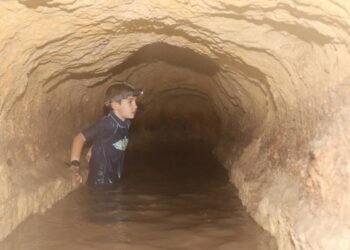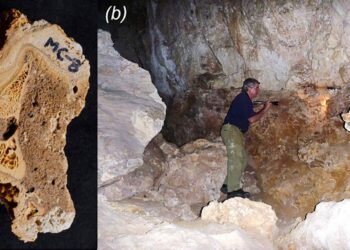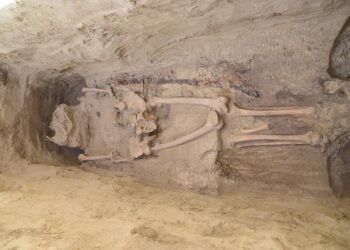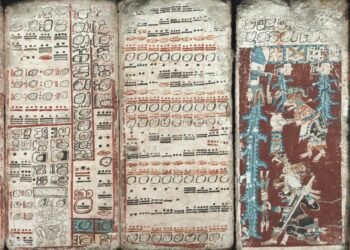A great discovery has been made beneath the Cathedral Basilica of St. Stanislaus and St. Ladislaus, the most important Catholic cathedral in Lithuania; Archaeologists recently uncovered a hidden chamber in the cathedral’s crypts containing a collection of burial regalia of prominent leaders of Lithuania and Poland.
The discovery was announced during a press conference at the Museum of Religious Heritage located in Vilnius. Among the notable artifacts uncovered was the funerary crown belonging to Alexander Jagiellon, who held the title of Grand Duke of Lithuania from 1492 and King of Poland from 1501, along with the burial regalia associated with Elisabeth of Habsburg and Barbara Radziwiłł, the first and second spouses of Sigismund Augustus.
The regalia consists of crowns, scepters, royal orbs, chains, medallions, rings, and coffin plaques—all fashioned with extraordinary skill.
Vilnius Metropolitan Archbishop Gintaras Grušas said: “The discovered burial regalia of Lithuanian and Polish rulers are invaluable historical treasures, symbols of Lithuania’s long tradition of statehood, markers of Vilnius as its capital, and magnificent works of goldsmithing and jewelry.”
He explained that these artifacts were not used during the lifetimes of the rulers; rather, they were created posthumously as elements of their funerary practices.
Scholars argue that in 1939, the regalia were hidden during a period of radical turmoil. Lithuania was under the imminent threat of the German-Soviet Boundary and Friendship Treaty, which placed the country under Soviet control and led to the establishment of the Lithuanian SSR.
In this context, the treasures were hidden to protect them against possible looting or destruction, as the cathedral itself was in danger of being closed imminently.
Despite many searches for the cache after Lithuania declared its independence, the treasures were not found until December 16 last year. Now, the royal regalia will undergo thorough restoration before being displayed in upcoming public exhibitions.
More information: Science In Poland (PAP)






















